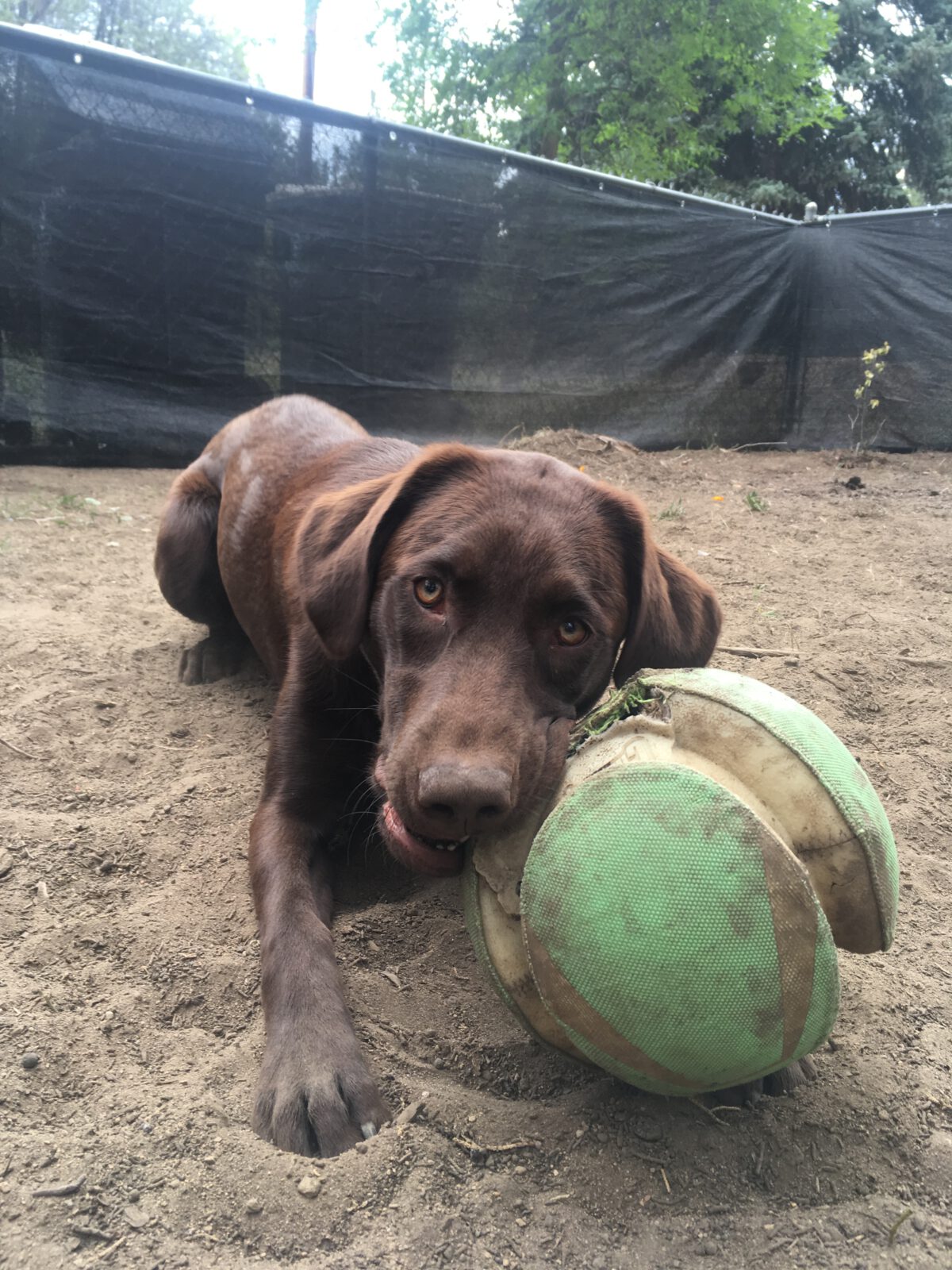You’ve probably heard the saying, “a tired dog is a happy dog.” But what does it really mean? Is it enough for your furry friend to be exhausted, or is there more to it? In this article, we’ll explore why exercise is vital for dogs and how it contributes to their overall happiness and well-being.
The Power of Physical Exercise
Physical exercise plays a crucial role in a dog’s life. Not only does it keep them fit and healthy, but it also helps prevent behavioral issues. When dogs engage in regular exercise, they burn off excess energy, leading to improved behavior and fewer instances of destructive tendencies.
Choosing the right type of exercise for your dog is equally important. While a treadmill can provide physical activity, engaging in outdoor activities such as running or playing fetch allows for a deeper connection between you and your furry companion. When you exercise together, it becomes an opportunity for bonding and strengthens the bond of trust.
Giving Your Dog the Best Exercise Experience
When taking your dog to the park or any exercise area, it’s essential to be fully present. Your cell phone or distractions can detract from the experience and impact your dog’s level of happiness and exercise benefits. Instead, focus on your dog’s enjoyment by playing games or using their favorite toys during these outings.
For dogs with a keen sense of smell, try engaging them in a game of hide and seek. Hide yourself in the park, and let your furry friend use their incredible nose to track you down. This mental and physical exercise combo will keep them stimulated, happy, and eager for more challenges.
The Power of Mental Stimulation
While physical exercise is important, mental stimulation plays an equally significant role in a dog’s happiness. In fact, mental activities can tire your dog out faster than physical exercise alone. For example, Nicole Ellis, a renowned dog trainer, found that her dog was more tired after 15 minutes of scent games than a 30-minute walk.
Dogs are intelligent animals and need mental challenges to stay content. Providing them with brain-stimulating activities not only keeps their minds sharp but also helps them find peace and fulfillment. Introduce puzzles, scent games, or obedience training sessions to keep their brains engaged and happy.
Tailoring Exercise to Your Dog’s Needs
Every dog is unique and has different exercise requirements. Factors such as breed, age, and size all play a role in determining how much exercise your dog needs. While some breeds are naturally more energetic and require more exercise, others may have special requirements due to injuries or health conditions.
It’s important to listen to your dog and understand their limits. While they may communicate their needs, it’s always a good idea to consult your veterinarian to ensure you’re providing the right level of exercise for your furry friend. This way, you can customize a workout routine that is both safe and enjoyable for them.
Frequently Asked Questions
Q: How much exercise does my dog need?
The exercise needs of dogs vary based on factors such as breed, age, and size. While general guidelines exist, it’s essential to consider your dog’s individual needs and consult with your veterinarian. Visit Pawsoha for a comprehensive guide on determining the appropriate exercise levels for your dog.
Q: Can mental stimulation tire my dog out?
Absolutely! Mental challenges can tire dogs out even faster than physical exercises. Engaging your furry friend in brain-stimulating activities, such as puzzle-solving or scent games, can help keep them happy, content, and mentally exercised.
Conclusion
A tired dog is indeed a happy dog. By providing both physical and mental exercise, you’ll not only keep your furry friend fit and healthy but also unlock their true happiness potential. So, make sure to set aside dedicated time for quality exercise and mental stimulation, and watch your dog thrive both physically and emotionally.
Remember, there’s no one-size-fits-all solution when it comes to exercise, so trust your instincts, listen to your dog, and create a routine that caters to their unique needs. A happy and well-exercised dog is a recipe for a fulfilling and joyful companionship.
